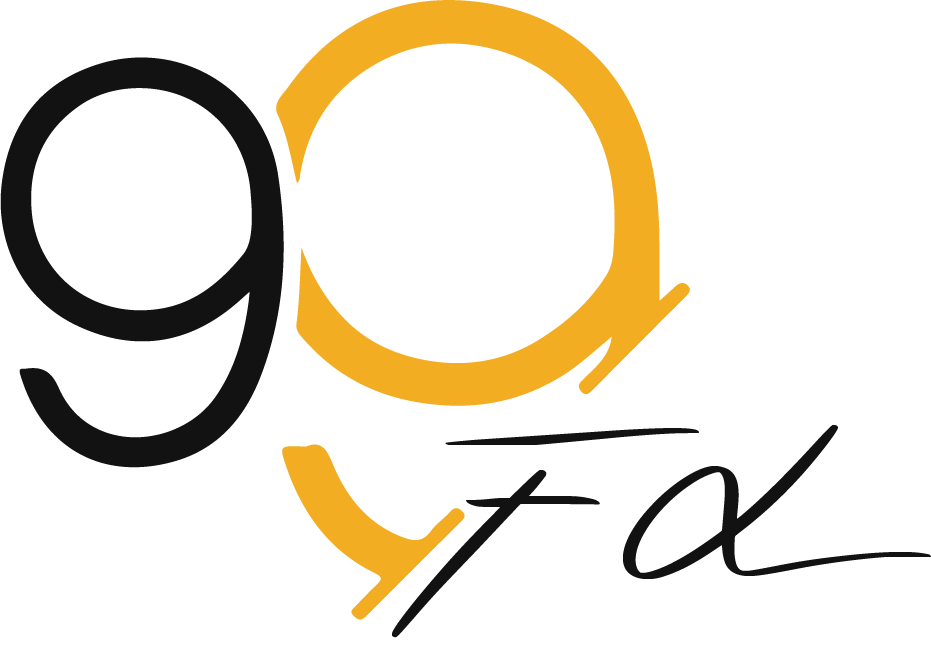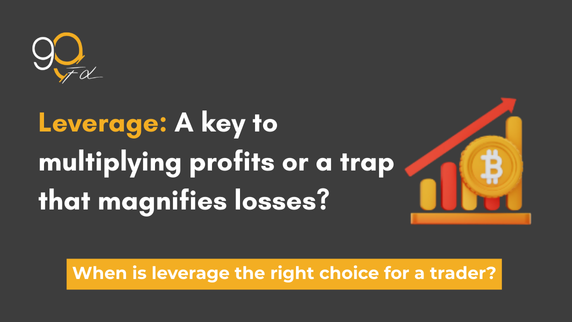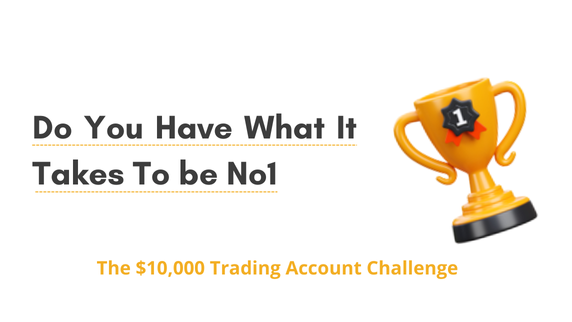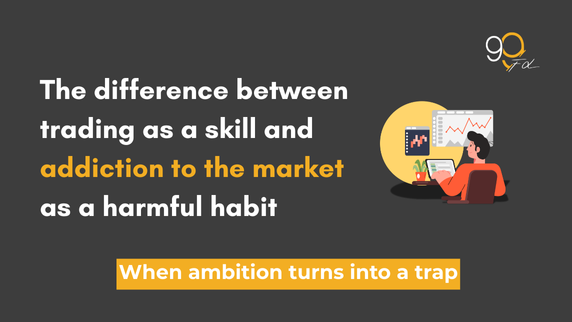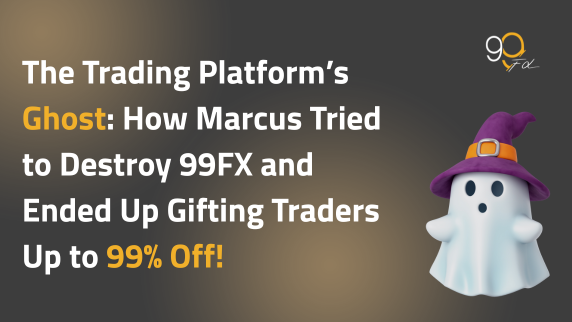The Beginning: James and the Crucial Moments
James sat in front of his screen, watching the EUR/USD move cautiously. With just $1,000 in his account, he knew today could bring opportunities. Suddenly, he remembered 99FX’s leverage options: 1:100, 1:200, 1:500.
He told himself:
“If I go with high leverage, I could make money quickly… but I could also lose everything just as fast.”
James understood that every trade required a calculated decision. Leverage is powerful—but it’s a double-edged sword.
What is Leverage?
Through his own experience, James learned the meaning of leverage firsthand:
Leverage allows traders to control a position larger than the actual funds in their account.
Example: With $1,000 and leverage of 1:100, he could open a trade worth $100,000.
The difference between low and high leverage:
Low leverage (1:100): Reduces risk and allows learning without major pressure.
High leverage (1:500): Offers big profit potential, but losses can multiply just as fast if unmanaged.
Choosing the Right Leverage: James’ Practical Lesson
After losing a trade on gold with 1:500 leverage, James decided to take a more disciplined approach:
-1- Experience level: As a beginner, he started with 1:100.
-2- Account size: With only $1,000, high leverage carried too much risk.
-3- Trading style: Since he focused on short-term day trades, 1:100 was the safer choice.
Here, 99FX gave him the flexibility to choose what fit his needs,with clear guidance on using leverage safely.
Risks and Opportunities: A Lesson from the Market
In the following days, James consulted his friend Daniel, a professional trader:
– “Daniel, how do I choose the right leverage without blowing up my account?”
Daniel smiled:
“Leverage is like driving a car. High speed can be exciting, but you need skill and focus to avoid crashes.”
Daniel explained:
•Beginners should start with 1:100 to learn and manage risk.
•Intermediate traders could try 1:200 with a clear risk management plan.
•Professionals who use stop-losses precisely might benefit from 1:500, but only with caution.
James realized that true strength wasn’t about picking the highest leverage—it was about matching leverage to his style and capital.
Practical Examples with 99FX:
• Beginner: 1:100 leverage, learning the market slowly.
• Intermediate: 1:200 leverage, aiming for bigger gains with controlled risk.
• Professional: 1:500 leverage, used for very specific strategies with strict stop-losses.
Following these rules made every trade calculated not a random gamble.
James’ Takeaway: Tips for Other Traders
1. Start with lower leverage to reduce risk.
2. Always set a stop-loss to avoid sudden wipeouts.
3. Risk no more than 1–2% of your capital per trade.
4. Use a demo account to test strategies before trading real money.
5. Match leverage to your style: scalping may need higher leverage, while long-term trades need lower.
6. Staying in the market matters more than quick wins, don’t let greed control you.
The Smart Decision with 99FX:
Now James trades with calm and confidence. He knows when to use 1:100 to protect his capital, when 1:200 might open better opportunities, and even when 1:500 makes sense for a carefully planned move.
With 99FX, every trader can choose the leverage that fits their level,with ongoing support and risk management tools that make trading smarter and safer.
“Leverage isn’t just a number,it’s a strategic decision that shapes the outcome of every trade. With 99FX, that choice has never been easier or safer.” – James
